OUR AMENITIES
.jpg)
Lounge Area |
.jpg)
Waiting Area |
.jpg)
Front Desk |
|||
.jpg)
Front Desk |
.jpg)
Double Deck Beds |
.jpg)
Lockers |
|||
.jpg)
Front View |
.jpg)
Security Guard |
.jpg)
Beddings |
|||
.jpg)
Shower Room |
.jpg)
Comfort Room |
.jpg)
Lavatory |
|||
.jpg)
42" LED Cable TV |
.jpg)
Food Stall |
.jpg)
CCTV Cameras |
Modes of Transportation
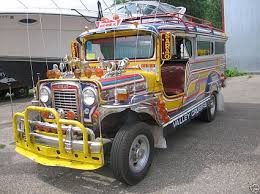
|
• Jeepneys - this is the most popular means of public transportation in the Philippines. They are known for their crowded seating and have become a symbol of Philippine culture. |

|
• Pedicab - this is a common mode of transporation seen on each corner. It is generally pedal-driven by a driver. |
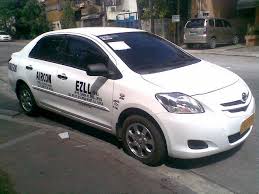
|
• Taxi Cab - this is a type of vehicle for hire with a driver, used by a single passenger or small group of passengers, often for a non-shared ride. |
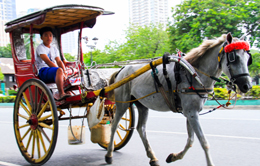
|
• Kalesa - this is a horse drawn calash that was introduced in the 18th century by Spanish colonisers. It was initially reserved for only nobles and high-ranking civic officials. |
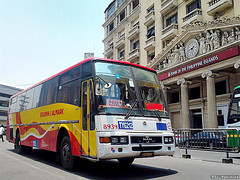
|
• Bus - this is a large motor vehicle carrying passengers by road, especially one serving the public on a fixed route and for a fare. |

|
• LRT (Light Rail Transit) - this is typically a form of public transport using the same rolling stock as a tramway. |
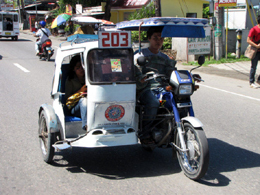
|
• Tricycle - this is the most popular means of transport in small towns and cities, especially on busy major highways and city streets. |